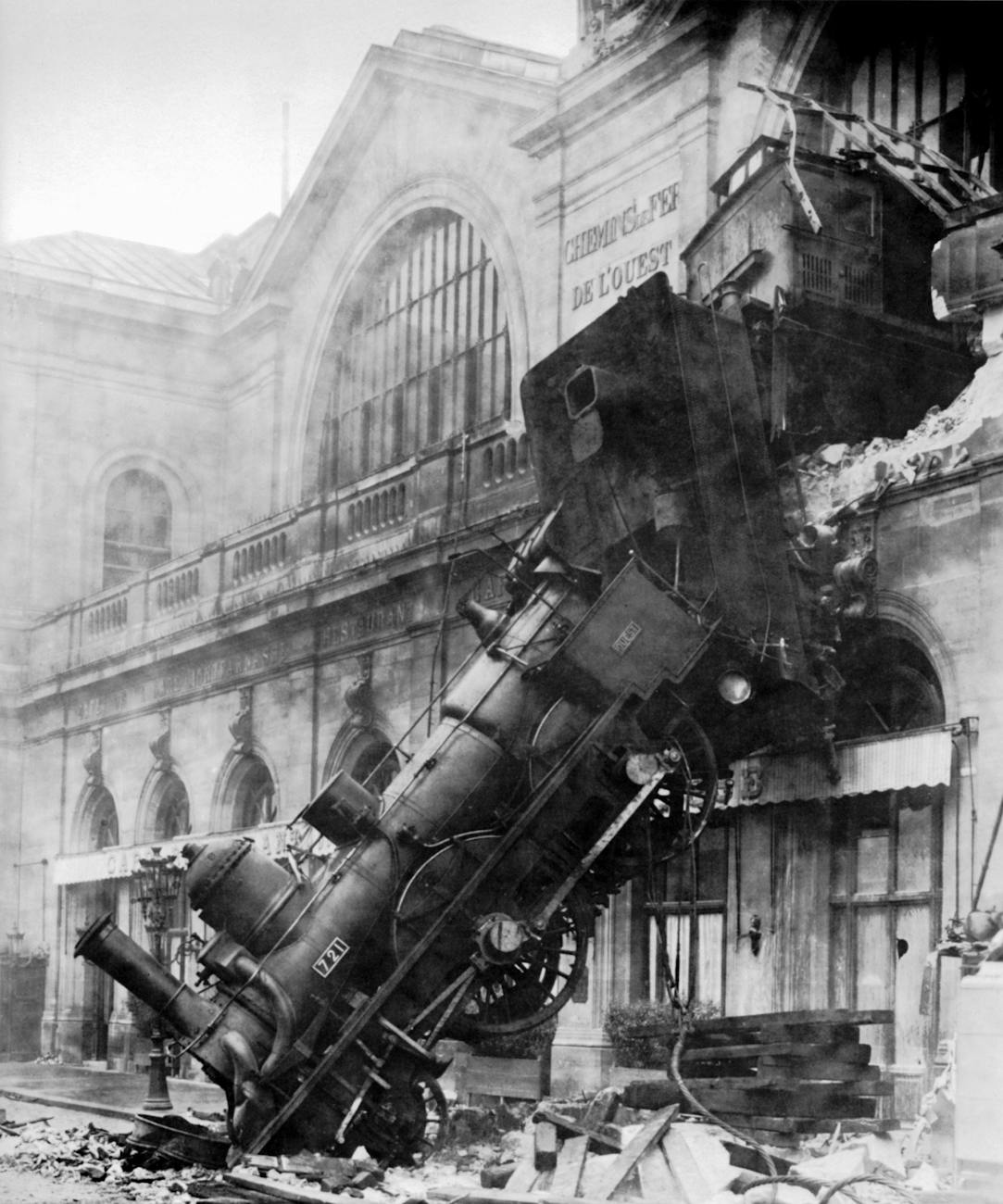In posts on accreditation of engineering programs, I mentioned that ethics, professionalism, health & safety, and environment are all expected outcomes that graduating students should have some familiarity with. When I was a student (a long long time ago) these topics weren’t emphasized much, but thankfully they are now. In courses I have taught, I try to inject some examples of technical areas where special attention is required to minimize risks to health, safety and the environment.
It’s commonly known that physicians have ethical responsibilities to not harm their patients. A bad or incompetent physician might harm patients one at a time, typically, but bad or incompetent engineers and other technical people can harm dozens or even thousands of people all at once. Here are a few examples that come to mind, some of which I’ve used as case studies in courses. These incidents are often due to a series of issues and are not usually caused by a specific engineer or other person. But they illustrate why we need to emphasize how to recognize and prevent these sorts of things in engineering education.
Imperial Sugar Refinery Explosion: In 2008, a dust explosion at a sugar refinery in Georgia killed 14 and injured 36. Poor design, maintenance, hazard identification and risk mitigation.
Hyatt Regency Walkway Collapse: In 1981, overhead walkways at a hotel in Kansas City collapse, killing 114 and injuring 216 due to structural overload. The original (adequate) design had been modified during construction, but without proper design change management and review. Something vaguely similar happened to Terminal 2E at the Charles de Gaulle airport in Paris in 2004.
Piper Alpha Oil Platform Explosion: In 1988 the North Sea oil platform had an explosion and fire that essentially melted it into the sea, killing 167 with 61 escaping. There were numerous failures that contributed to it, but they include poor design and management of change, inadequate hazard recognition and mitigation, poor safety management system, and poor training.
Bhopal Gas Release: In 1984 a chemical plant in India had a toxic gas release of methyl isocyanate leading to 3,787 deaths and 574,366 injuries. Estimates vary, but the numbers are staggering no matter what the exact numbers. Again, there is a host of issues but they include: poor maintenance on multiple pieces of equipment and instrumentation, inadequate safety system design, poor emergency response systems, poor management of change. This event stunned the chemical industry and led to major increases in attention paid to “process safety“, including in chemical engineering education and program accreditation.
Texas City Refinery Explosion: In 2005 a flammable vapour cloud release lead to an explosion that killed 15 and injured 180. As usual, multiple factors at play including: poor design and maintenance, poor safety culture in the company, overloaded staff, poor hazard identification and risk mitigation, lack of investment.
So those are a few examples, mainly from the chemical industry because that’s what I’m more familiar with. There is a whole bunch more posted on the U.S. Chemical Safety Board website (a good resource for teaching materials). There are probably lots of others from various sectors that I could look for, including the obvious and infamous Chernobyl nuclear disaster. If anyone has interesting other examples feel free to post some information in the comments.

At first glance, one might think that software is not so much responsible for engineering disasters. However, upon some thought, one realizes that many disasters now have some software angle. It can be something like the 737 max 8 flight control software disaster, or it can be something like Facebook and its responsibility for genocide in Myanmar. Often it’s not just the software, but also the management of the project, the business imperatives, and society as a whole. I certainly mention this to my Software Engineering students in particular.
Yes I was thinking of the 737 disaster too, but I don’t feel knowledgeable enough to comment on it. There’s also the Mars orbiter crash due to SI/US unit conversion errors in the software, although the only one hurt was NASA’s pride and budget.